"We quit our jobs, remortgaged our houses" - how relentless passion made Cuphead a reality
Revealed in 2014, widely criticised in 2015, absent in 2016 - the inside story of the struggles and triumphs of one of gaming’s most ambitious titles

After multiple delays, many tradeshow appearances, and plenty of opinionated feedback... Cuphead will finally release on September 29. It’s been a long, hard road to get here for StudioMDHR Entertainment and its captivating 1930s cartoon platformer. Cuphead was unveiled at E3 2014 and playable a year later at E3 2015. Its bold 2D art style, which recalls classic, mid-20th century animations, and engaging, tough boss battles catapulted Cuphead to everyone’s most anticipated list. But, after it was quickly made known the game only contained boss fights with barely any platforming levels linking those battles together, people grew disappointed. The excitement for Cuphead died down.
After listening to the negative feedback for this design choice, StudioMDHR knew it had to course correct. The decision to go back to the drawing board and start crafting whole levels in the game eventually resulted in a several-year delay for Cuphead, and a much more challenging development process than first anticipated. It’s a big ask for such a small team working on a game made up of painstaking, handcrafted animations.
I talked to one of Cuphead’s lead designers and co-creators, Chad Moldenhauer, about how much Cuphead has evolved since its debut, why the studio decided to only include boss battles at first, and the challenges that resulted from the game’s sizable changes.
The Original Vision

Cuphead’s E3 2015 showing really emphasised a desire for a bigger experience - beyond just boss fights. The general consensus that boss fights ‘aren’t enough’ gave StudioMDHR an excuse to dramatically expand the scope of the game. This was, contrary to popular belief, the studio’s original vision for its platformer. Chad, and his brother / Cuphead co-creator Jared Moldenhauer had always wanted the game to be more than just boss battles when they first started making it in 2010.
“The reality is, Cuphead is closer now to the game we always wanted,” explains Chad, speaking to GamesRadar+. “We aren't throwing levels in to mollify people, we're putting them back in after originally cutting them from our ‘dream scope.’” The problem with StudioMDHR initially being able to go through with its original “dream scope” for Cuphead was a serious lack of resources. The studio didn’t want to over-commit to a project without first seeing how people responded to it.
“The truth is that we started Cuphead as a three person team, just working on the weekend”
Chad Moldenhauer
Quite a few Reddit users have shared their opinions about playing the game, and most of the comments have been positive. Like user armandsaccurro saying, “The game got a good amount of attention. I've played the demo at last year's Gamescom, it's gonna be sweet!” However, user XZYOE didn’t share the same sentiment and, like a few others, was left disappointed after finding out Cuphead was initially only going to feature boss fights. “It looks really cool but I'm not too sure how I feel about it being just a boss rush. If it had more classic platformer elements and levels I would be more excited.”
“The truth is that we started Cuphead as a three person team, just working on the weekend,” explains Chad. “With such a small team we knew to keep our scope small; there were just a few bosses and a couple of weapons and everything was just less insane. We demoed Cuphead at E3 2015 and the response was mind blowing.”
Weekly digests, tales from the communities you love, and more
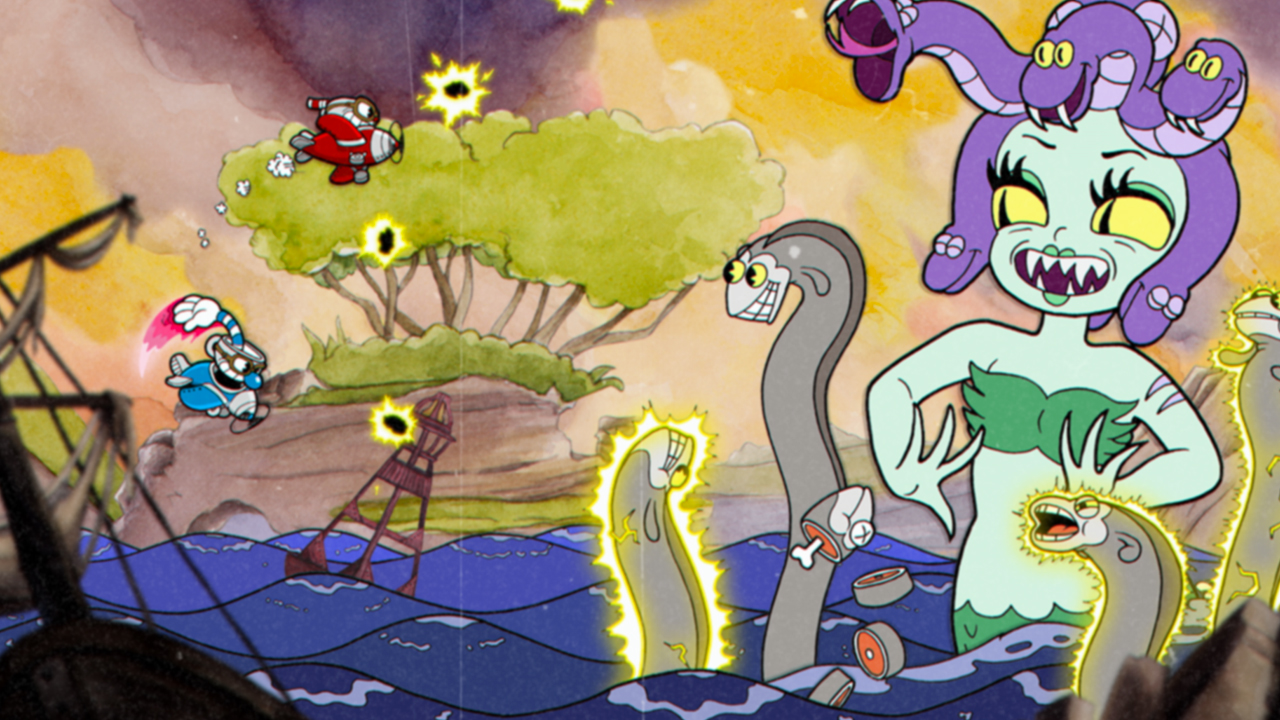
After E3 2015, StudioMDHR was ready to fully commit to its initial “dream scope” for the game. “We realized that there were a lot of people out there that wanted what we were doing,” says Chad. “My brother and I quit our jobs, remortgaged our houses and began expanding the team. This was our chance to actually deliver the game we wanted to make all along, rather than the cut-scope game we originally planned with a three person team.” It’s a gamble that could easily have backfired on the brothers. Hello Games and its overly ambitious No Man’s Sky is a prime example of a studio throwing everything they have at the game and, for the most part, failing to meet expectations. Tellingly, Hello Games has been incredibly quiet ever since, kept firmly out of the spotlight by Sony.
Once the decision was made to expand the scope, Chad and Jared quickly started to expand the development team, as it would’ve been impossible to successfully create a larger version of Cuphead with just three people. Now, StudioMDHR employs 20 people (including Chad and Jared). This is everyone from animators and designers, to a hand-lettering artist and digital painters.
“My brother and I quit our jobs, remortgaged our houses and began expanding the team"
Chad Moldenhauer
Chad expands on this: “The bulk of the engine work was already in place from building the core Cuphead controls and stage setup for the bosses. Evolving from there to fully scrolling levels was just the next step.”
Though Chad and Jared knew exactly what was required of the team to craft levels, it didn’t make the job any easier. After all, the most difficult part about developing Cuphead is nailing its art style.
Nailing That 1930s Cartoon Look
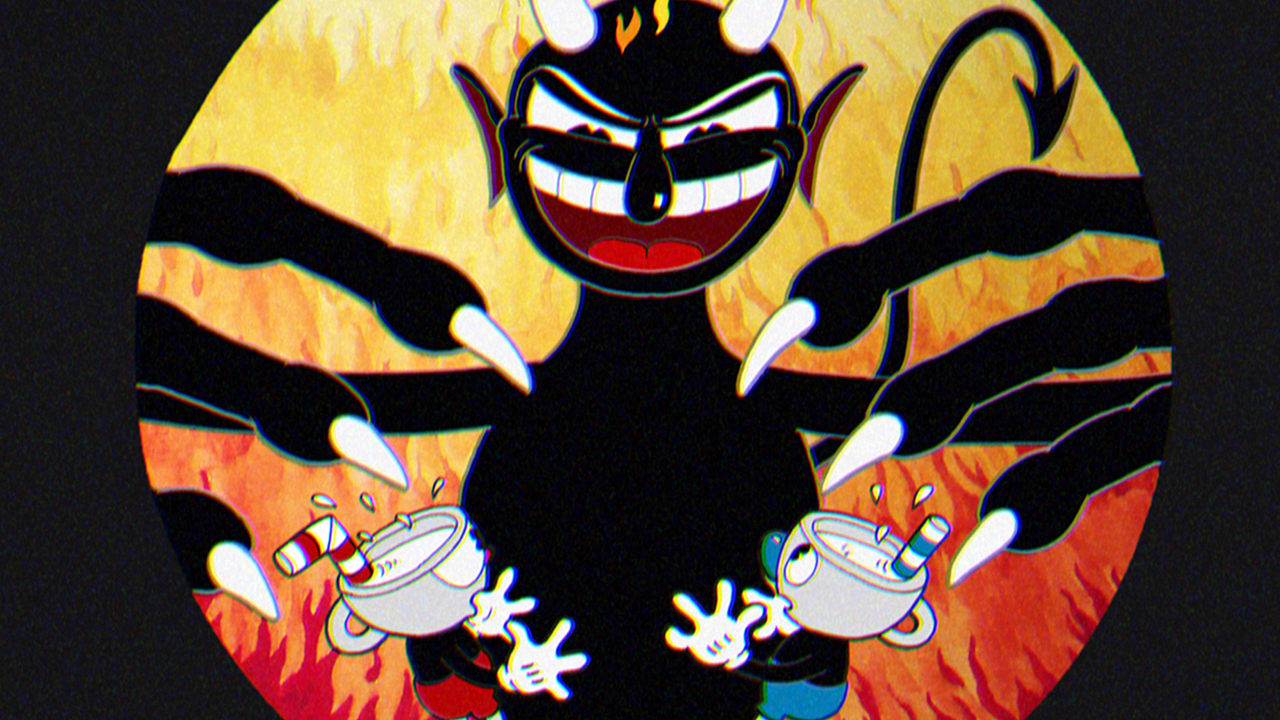
Chad and Jared first came up with the idea for Cuphead because of their love of classic run and gun games like Contra and Gunstar Heroes, and old cartoons such as Popeye and Steamboat Willie. While working on the gameplay, the team was trying out different art styles; everything from traditional game art to even child-like crayon drawings. But it kept returning to the classic cel animations Cuphead sports today.
“As kids, we watched old VHS tapes of Popeye, Betty Boop, Silly Symphonies and more - the art style has always stuck with us,” says Chad. “Once we came up with the Cuphead character, we knew we had something special. Everything that we've done since then has been us just trying to do the memories of those cartoons justice.”
In order to nail that 1930s cartoon aesthetic and have Cuphead look like it walked right off of Walt Disney’s desk, StudioMDHR has to painstakingly craft levels, characters, and animations by hand. This is quite unusual in game development, to say the least.
“To really capture the style of the 30s animation, we had to double down on the authenticity by doing the work the same way they did back then – pencils, inks, watercolour paintings, every frame done by hand,” explains Chad. “We don't use any of the modern techniques or software tricks to assist our animation. If you see an egg spin 360 degrees in Cuphead, we didn't draw one frame and spin it in software, we drew all the individual frames at each stage in its rotation.”
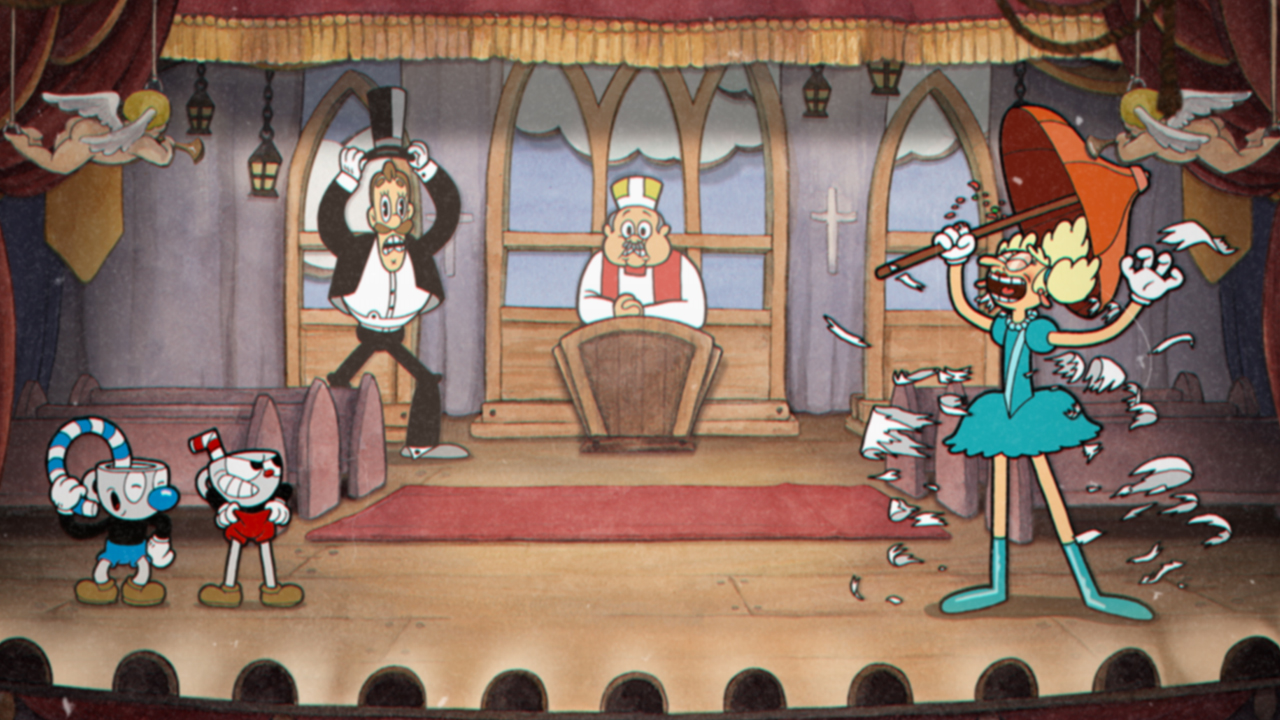
StudioMDHR approaches game development in the same way Hayao Miyazaki tackles a Studio Ghibli film - everything needs to be done by hand before the animations can be integrated into the film, or in this case, a video game. However, the main issue with StudioMDHR’s detailed approach is that editing animations for gameplay reasons is very costly.
“We can't just move a hand up 30 pixels or squash a head down 10 pixels, the whole action has to be redrawn from scratch,” Chad notes. “This means we end up doing a ton of planning and iteration before anything gets to that level, as we can't afford to throw out a lot of work. Similarly, we always have to keep in mind how much work is going to be involved in any action. If we want to add a new attack for an enemy, it could be over 30 frames of animation plus all the implementation work. The biggest sacrifice has been to our lives outside of Cuphead, ha!”
“We can't just move a hand up 30 pixels or squash a head down 10 pixels, the whole action has to be redrawn from scratch”
Chad Moldenhauer
This is one of the main reasons why people have heard or seen so little about Cuphead since its E3 2015 showing. It's only had one or two new trailers over the past two years, without any new information about a release date. Up until now. StudioMDHR had to hunker down and work tirelessly on making Cuphead the larger experience many wanted it to be. Which meant having to animate lots more enemies and crafting sizeable levels.
As a result of just how difficult it'd be to create a more substantial platformer, the idea to turn Cuphead into a 3D side-scroller instead was tossed around at StudioMDHR. But, it became apparent this wouldn’t be possible for a few reasons.
“As for Cuphead in a 3D game, the development would be a full 180 degree change from what we do right now,” explains Chad. “For any of the art: planning, workflow and production styles we use with Cuphead wouldn’t translate to the 3D space. So in essence, Cuphead can’t be a 3D game and still contain everything we want to visually explore.”
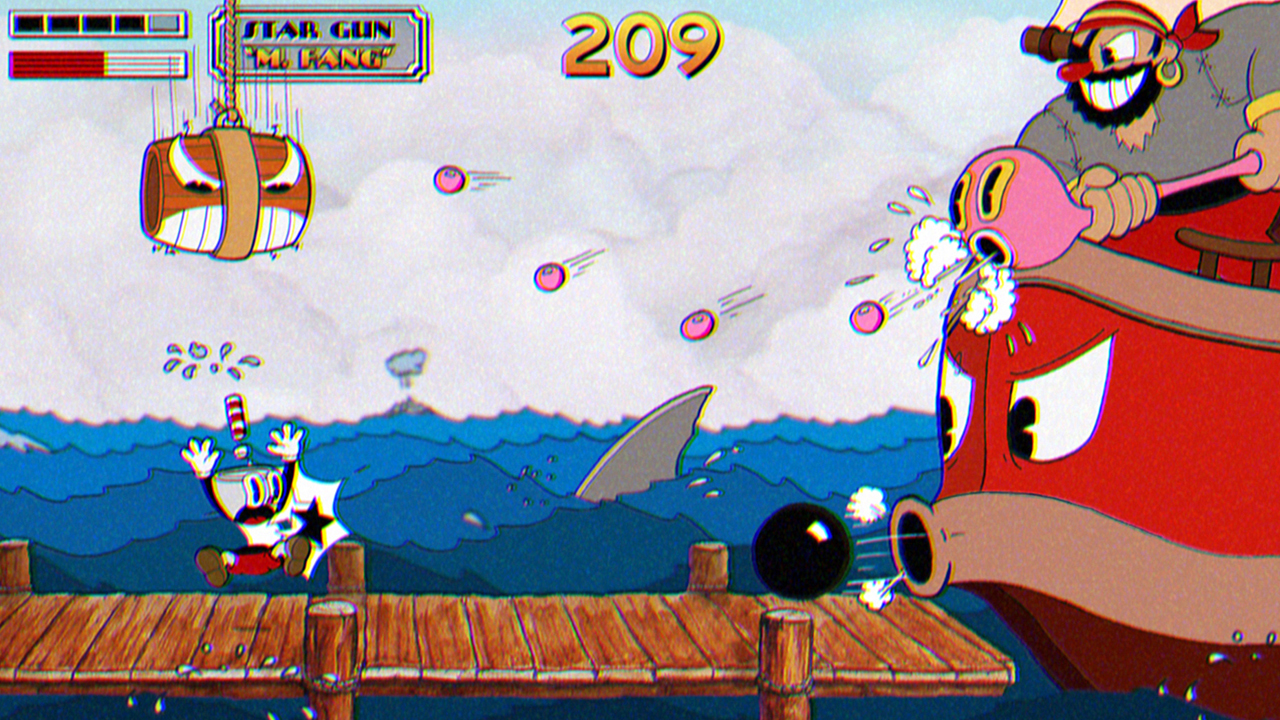
But despite the amount of time and effort it takes to work on these classic cel animations, there are a few important advantages with this artistic choice. It allows Chad and his team to come up with the most quirky and outlandish ideas for characters and levels. You’ll go up against a giant dragon that loves to spit fireballs, a giant rather, angry-looking potato, and a moving train with a massive skeleton head popping right out of it.
Some of the lesser enemies also include a some sort of flower man that chases after you, and a small mushroom with the ability to throw lethal pink projectiles. The developers then are actually able to implement these designs into the game; so as long as the team is willing to put the work in, of course. Cuphead’s art style affords StudioMDHR so much creative freedom that Chad is surprised other studios haven’t used it before.
“We can stretch and squash characters in fantastical ways or do crazy or wacky things that a more grounded style wouldn't allow,” enthuses Chad. “It pretty much opens us up to do whatever we want gameplay-wise, because thematically, it'll probably fit.”
Creating Handcrafted Levels

Cuphead’s platforming sections are reminiscent of classic run and gun games that inspired the title - Contra 3, Contra Hard Corps. etc - and they contain a slew of enemies and collectibles. Creating Cuphead’s animations took plenty of time in the beginning, back when the game only had boss battles. But now, the developmental challenges on these new levels are extensions of the problems StudioMDHR faced with creating the bosses.
“Even something that seems simple, such as the flower enemy, has over 100 frames of animation.”
Chad Moldenhauer
“All of our backgrounds on the bosses are individual watercolour paintings, so to maintain that level of quality, we've had to create a ton more paintings that seamlessly mesh to create these long, multi-scrolling backgrounds for the levels,” said Chad.
StudioMDHR spends the same amount of time animating smaller enemies as it does making Cuphead’s biggest baddies. “Every single enemy has to be animated at the same rate as the giant screen filling bosses, so even though they are smaller, they have just as many animations per action,” said Chad. “Even something that seems simple, such as the flower enemy, has over 100 frames of animation.”
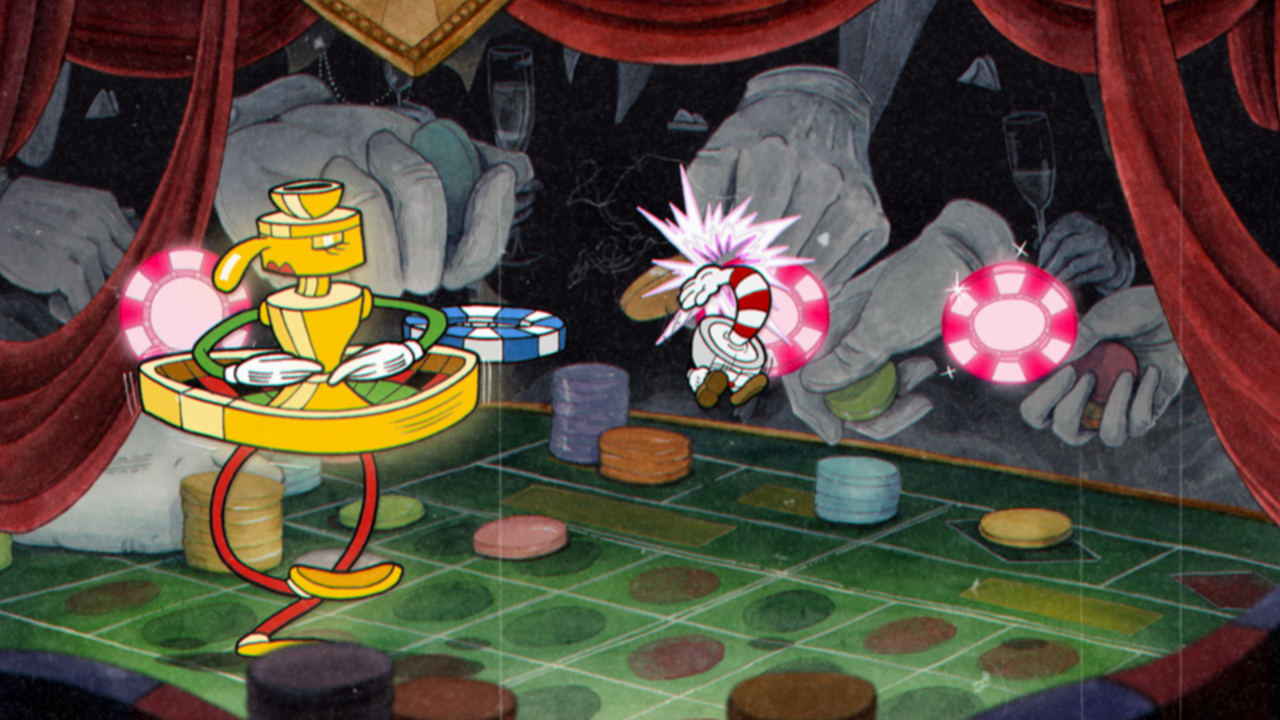
Whenever a developer comes up with new ideas, which happens quite often, they have to be approved by every member of the team. One new idea will add dozens more hours to development. “Of course, as we build out levels, we get ideas for fun new things, and each of those things means hundreds of new animation frames,” said Chad. “ It can lead to a pretty heated vetting process amongst team members. The ideas have to be great, because the workload to implement even the tiniest thing is enormous.”
But, Chad and Jared knew from the start that Cuphead’s stunning animations weren’t enough to make the game enjoyable. To them, the core feel of the controller is the most important thing, as people need to actually have fun playing through the platforming sections and battling Cuphead’s multiple bosses. Chad and Jared used games like Gunstar Heroes as a blueprint for how to properly make an excellent 2D platformer.
“The speed of the jump, the movement of the character on screen, the timing of the actions in relation to a button press – these are a lot of things we spent a ton of time getting right in the beginning, before we even started working on the bosses or levels,” says Chad. “Cuphead comes from a lineage of games where the action is fast and the player's input response is paramount. What the player presses on the controller happens immediately on screen.”
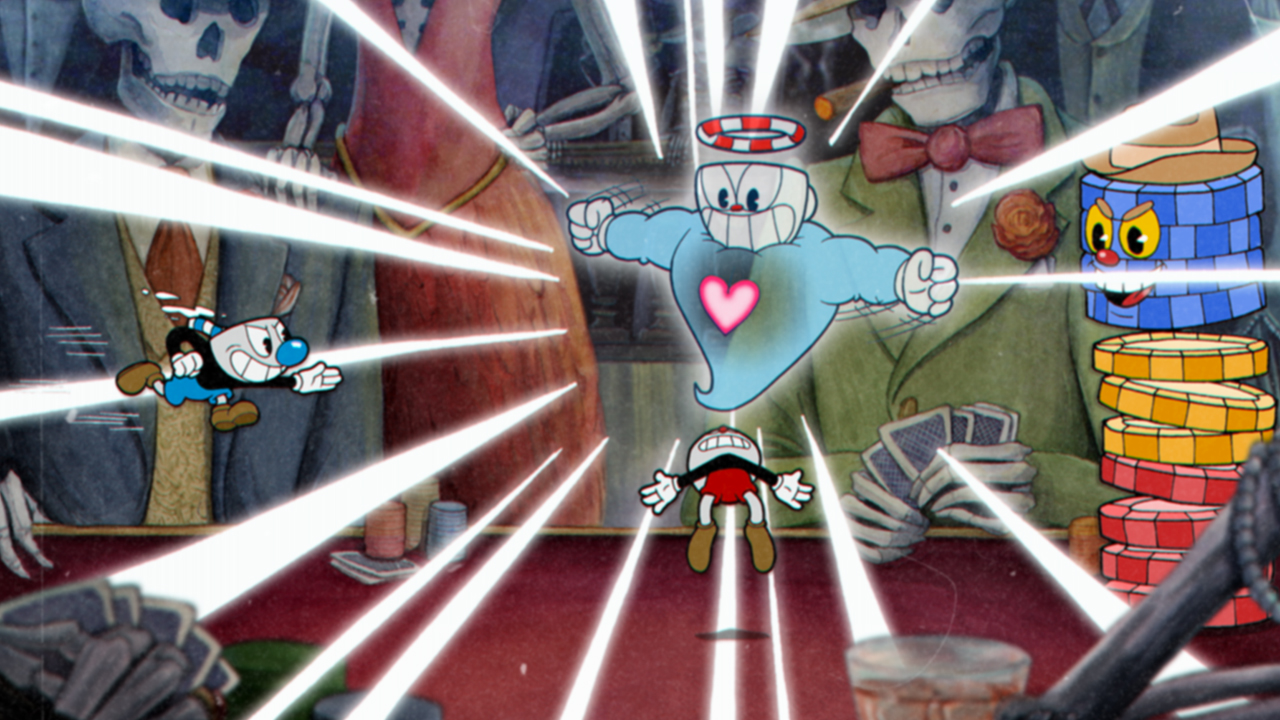
StudioMDHR also had to be wary of not letting Cuphead’s elaborate animations get in the way of gameplay. Chad explains: “It was really important to us that, even though our game was filled with all of this elaborate animation, the player should never feel like they are waiting for an animation to complete before they can react to the next thing”.
StudioMDHR has to think differently when creating levels based on their nature. Cuphead’s boss battles are complex, multi-stage fights containing giant screen-filling enemies. The team treats them also like set pieces. “The bosses change form, requiring the player to change their tactics mid-fight, focus on multiple things at once, or hone in on a single tough pattern, but the thing we realized is – it's all stuff that happens to the player,” says Chad.
With levels, StudioMDHR had to learn how give up a little bit of control and let players complete these platforming stages at their own pace. Chad clarifies that “it's still fast action, but the player isn't constantly having to react to a giant threat. We've learned to allow them to learn a bit more at their own volition, rather than continually be under the gun.”
Though this has been one of the biggest hurdles the team had to overcome, they’re finally only months away from letting Cuphead out into the world. Deciding to drastically shift devlopment wasn’t an easy decision, but Chad and Jared knew they had to take that risk.
“When we recognized that Cuphead was something that a lot of people seemed to want, we decided to go all out and make the game we always wanted to.” Cuphead finally releases on September 28 for Xbox One and PC. Sure, the anticipation for the game has slightly worn off in these last two years. There’s a chance Cuphead might not meet people’s initial lofty expectations, and the gamble StudioMDHR took might also not pay off. That’d be a real shame, because it’s clear so much hard, very personal work has been poured into this project. If even a fraction of that passion gets passed on to players, however, there’s a great chance it’ll be worth every minute of its long, laborious creation.




